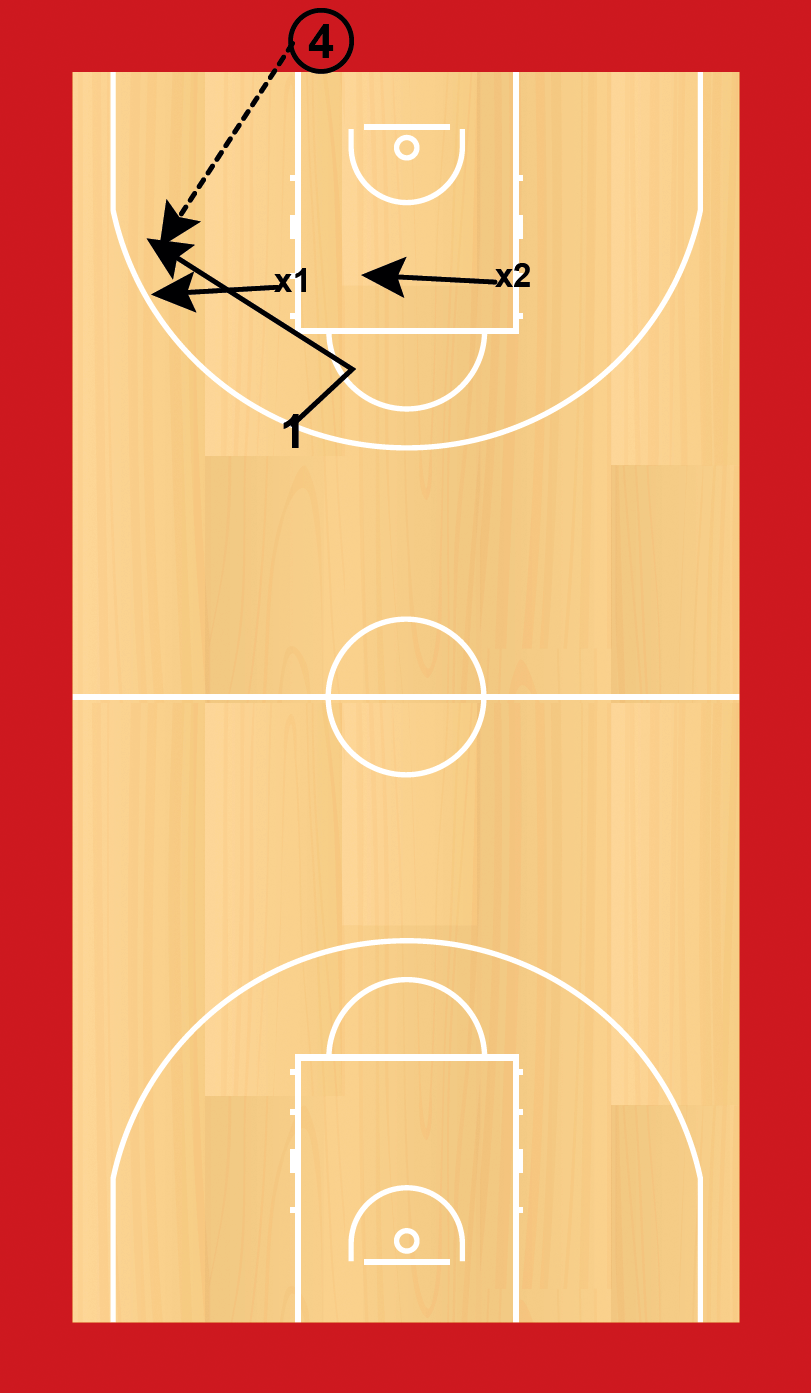- 2.5.1 Advanced lay-up techniques
- 2.5.2 Reverse lay-up
- 2.5.3 Advanced shooting - shooting footwork
- 2.5.4 Advanced shooting - inside shooting
- 2.5.5 Correcting shooting technique - flat shot
- 2.5.6 Correcting shooting technique - off-line shot
- 2.5.7 Correcting shooting technique - side spin
- 2.5.8 Correcting shooting technique - shooting short
- Follow-up
- 3.1.1 Preparing players physically to play basketball
- 3.1.2 Preparing players physically - warm-up for training
- 3.1.3 Preparing players physically - warm-up for games
- 3.1.4. Préparation physique des joueurs - Musculation de force
- 3.1.5 Preparing players physically - power training
- 3.1.6 Preparing players physically - conditioning
- 3.1.7 Preparing players physically - flexibility
- 3.1.8 Preparing players physically - basic strength training programme
- 3.1.9 Basic-off season preparation
- 3.3.1 Physical recovery techniques - overview
- 3.3.2 Physical recovery techniques - active recovery
- 3.3.3. Compression Clothing
- 3.3.4. Physical recovery techniques - hydro therapy
- 3.3.5. Physical recovery techniques - massage
- 3.3.6. Physical recovery techniques - sleep
- 3.3.7. Physical recovery techniques - stretching
- 3.3.8 Physical recovery techniques - practical applications
- 2.1.1 Motion Offence – 5 Out – pass and cut/give and go
- 2.1.2 Receivers Principles with Post Players
- 2.1.3 Motion offence with post - 4 out, 1 in
- 2.1.4 Post Up Cuts
- 2.1.5 Developing Decision Making - Putting Perimeter and Post Together
- 2.1.6 Creating scoring opportunities with a second pass
- 2.1.7 Moving the help defender away from a help position
- Follow-up
Level 2
2.5.1 Point guard inbound
In full court defensive pressure teams will often employ different tactics to place pressure on the point guard:
Deny the point guard the ball with x4 stepping away from the inbound passer to help to 4 deny the point guard.
Double team the point guard once they have the ball, with x4 moving immediately to double team.
x1 initially stops the point guard from cutting into the middle of the court, and then allow the pass to be made and move in front of them. This both stops the point guard from immediately dribbling towards their basket and also provides an angle for x4 to be able to double team.
This is most effective, the closer it is to the sideline and baseline and each line acts as an additional “defender” – stopping the point guard from moving.
In a full court zone defence, x2 moves to the split line position so that they can pressure the point guard. They may “hedge and recover”, “run and jump” (switch) or double team the point guard (particularly if they use a reverse spin dribble).
A tactic that can be used to relieve some of the pressure on the point guard is to have the point guard make the inbound pass. This may cause initial confusion amongst the defenders if their defence was specifically attempting to pressure the point guard.
If x1 moves to immediately double team 4 as they catch the ball, the point guard (1) can step into the court to receive a pass back and then immediately dribble away from the area of the double team.
This works best if 4 receives the pass 2-3 metres away from the baseline and accordingly, 4 initially cuts away from the passer.
If x1 denies one player from receiving the ball, 1 can pass to the player that is not being denied and then run to receive a hand-off. x1 is not in position to defend the hand off, as they were denying the pass on the other side of the court.
If the defenders are playing a full court zone defence, 1 passes to whichever player gets open (here 2). 2 passes to 3, who dribbles at x2 to commit them to defending. 3 then passes to 1 who steps onto the court on the side opposite where the ball was initially passed.





